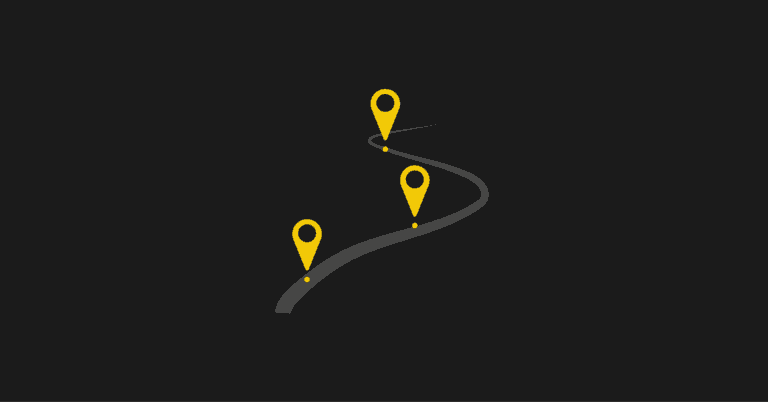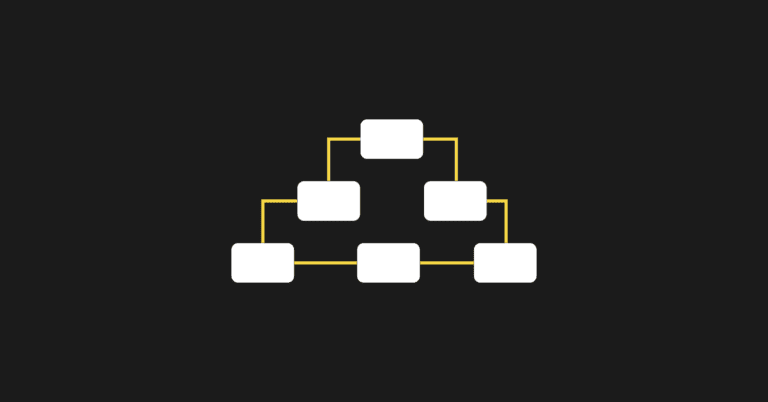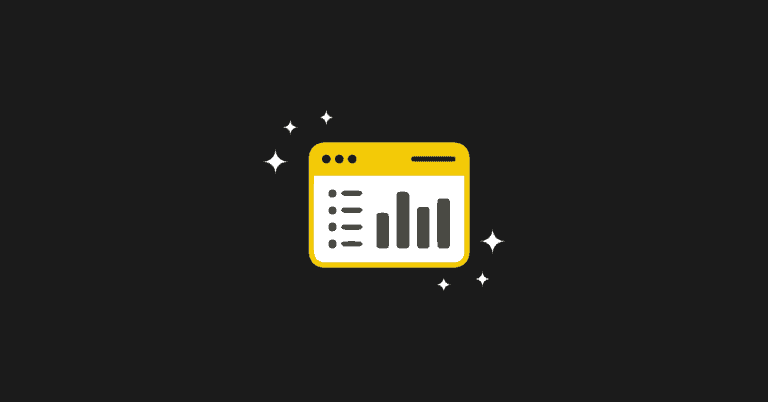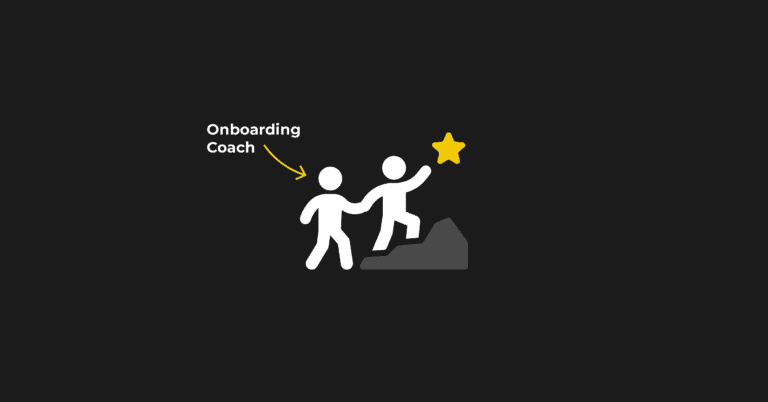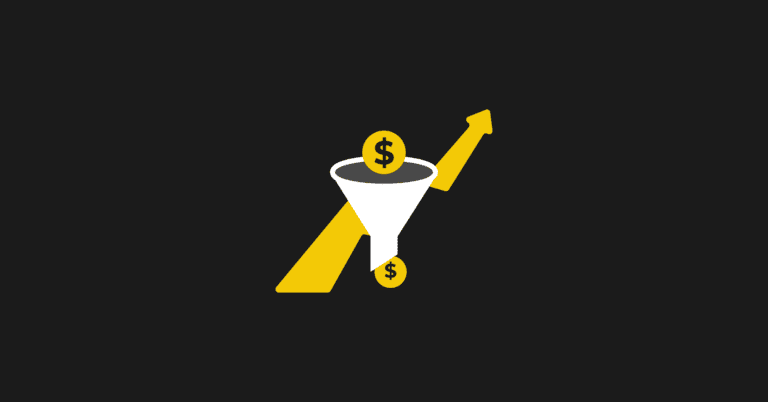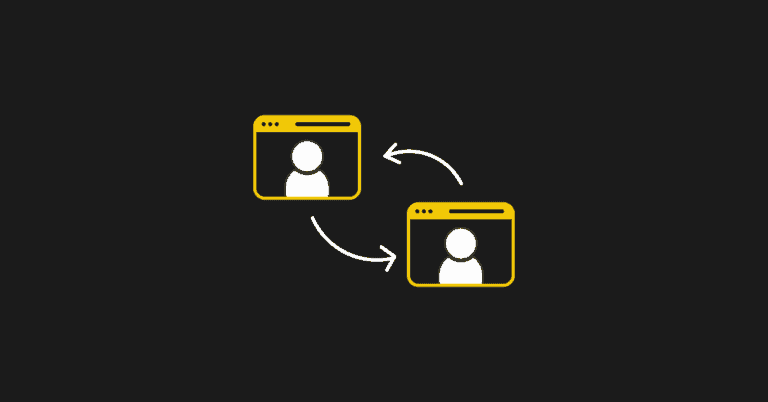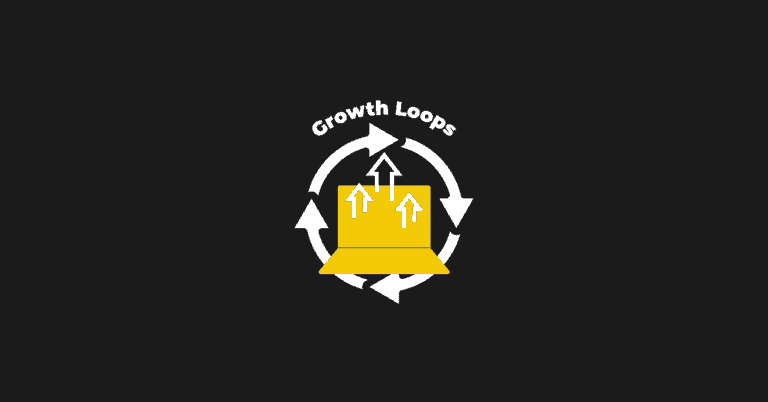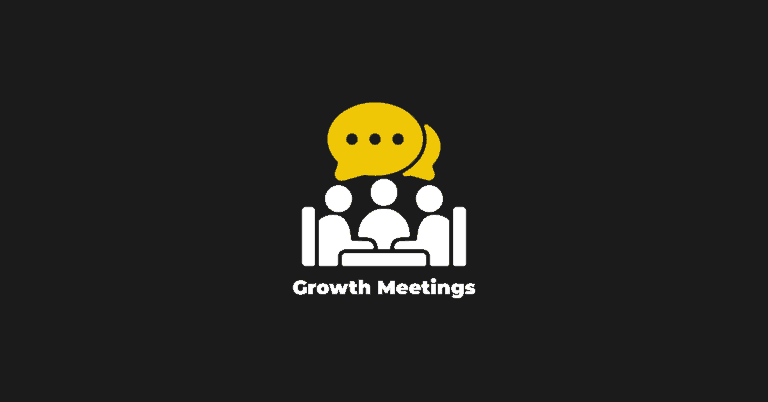This is an excerpt of a new book I’ve written with Wes Bush called Product-Led Onboarding™: How to Turn New Users into Lifelong Customers. You can buy it now!

Would you ever shoot an arrow if you don’t know what your target is?
Or maybe go on a road trip, but you don’t know what your destination is?
It’s crazy right? The problem is this is what happens for a lot of teams who are looking to improve their user onboarding.
In this article, I’m going to share with you the one key to improving the user onboarding experience. If you get this step wrong, everything else will fail. It’s so easy to get up with all the bells and whistles, and tools, hacks, and emails with user onboarding.
Are you ready?
It’s this: before you think about an onboarding redesign by adding another product tour or rewriting your onboarding emails, you need to first understand your users.
Whether your effort to improve your onboarding ends in success or failure ultimately boils down to how well you understand what exactly they’re hoping for.
If you fail to realize this, you could lose a potential customer. With each churned signup, your overall CAC increases. And for users, they’ve just wasted their time and effort trying out your product.
For this reason, your team must have a crystal-clear picture of what exactly your users’ desired outcomes are. Because once you’re able to fully understand what users truly want, you can design a reliable onboarding flow that turns hope into excitement.
Why users sign up for a product
When you boil it down, onboarding is really about changing someone's behavior so that they can experience a better life. Users are frustrated or annoyed with something, and they sign up for a product to make their lives easier.
The primary goal of user onboarding is to help users become better versions of themselves. It doesn’t matter if you sell lip gloss, copywriting services, or software; people are buying a better version of themselves.
Let’s say your phone is a distraction during the day, to the point work is placed on the back-burner.
To combat the intrusion on your productivity, you buy a timed lockbox to keep the phone hidden.
What you’re really buying is a way to avoid distractions from your mobile phone during work hours.
At the core of this idea is the Jobs-to-be-Done (JTBD) theory by Clay Christensen, innovation expert and bestselling author of The Innovator’s Dilemma.
JTBD is the process consumers go through whenever they aim to transform their existing life-situation. To enable a life transformation, customers “hire” products to solve a problem or to satisfy a need. This is known as a Customer Job.
For example, a Customer Job could be: “When I’m hungry, I want to cook raw chicken so I can eat it and satisfy my hunger.” So, you could “hire” a stove to make fried chicken or a grill to barbecue it. Or you could “hire” an oven to bake it.
When people try a product, what they’re really doing is trying to close a gap between their current circumstances (being hungry) and their final aspiration (having a good meal, full of energy).
Successful onboarding experiences are like a sturdy bridge between that gap so users can safely cross over to their desired outcome.
Another way to look at user onboarding is that if users are hiring a product to do a Customer Job, then the user onboarding is the “interview” process. To nail the job interview, you have to first know what job you’re being interviewed to do.
Do you think you’d be successful if you prepared yourself for a product management job interview if the job posting was actually for a sales development representative?
I think not!
To nail the job interview with users, you must first know what job a product is being hired to do.
For that, it’s essential to understand the three interconnected reasons users could be signing up for a product.
1. Functional
When someone talks about Customer Jobs, they’re usually referring to the functional component of JTBD. Functional jobs involve specific outcomes the users experience after working with a product.
One famous example is from Harvard Business School professor Theodore Levitt: “People don’t want to buy a quarter-inch drill. They want a quarter-inch hole!” The quarter-inch hole is the functional job the drill must do.
We can take that analogy even further by describing the purpose of the quarter-inch hole. Maybe it’s to hang a photo or build a shelf. That would be the true functional job of the quarter-inch hole.
It’s important to look further than what appears on the surface.
Here’s another example with a SaaS business, Canva, a graphic design platform that's great for making invitations, business cards, Instagram posts, and more. At the surface level, Canva’s functional job is to help people easily create custom designs. At a deeper level, it depends on who is using the product:
- For a paid ads marketer, Canva’s functional job is to quickly create high-converting, on-brand visual assets for a social ad campaign.
- For a teacher, Canva’s functional job is to create engaging visual aids that help teach abstract concepts to students.
- For a local coffee shop business owner, Canva’s functional job is to create, download, and print flyers to help drive foot traffic.
Functional jobs are as complex as the number of market segments served. Segmenting and personalizing the user onboarding experience for different customer jobs is one of the low-hanging fruits of improving onboarding. This is exactly why Canva asks new users what they’ll be using the app for during the user onboarding:
For your product, what are the desired outcomes that users want to achieve when they sign up for it?
2. Emotional Component
The second component of a Customer Job is emotional: how users feel (or what they want to avoid feeling) after they’ve accomplished their desired outcome. Products meet an emotional need for people who use them, and it’s a big reason why they end up purchasing.
You can see this idea front-and-center in one of Revlon’s breakout magazine advertising campaigns from 1952, Fire and Ice. The brilliant ad campaign makes it clear that Revlon isn’t selling lipstick or nail polish; it’s selling a “better you.”
The ad barely mentions any product. Instead, it prominently features a picture of model Dorian Leigh. You need to look closely to notice lipstick and nail polish, both located near the bottom of the page.
This ad was designed on purpose to amplify the emotional component of Revlon’s Customer Job.
In the factory we make cosmetics; in the drugstore we sell hope.
- Charles Revson, founder of Revlon
When it comes to your product, what emotions do you want your customers to feel or avoid feeling as a result of using it? For Canva users, it could be to stimulate creativity without any design training or natural visual skills.
3. Social Component
The third component of a Customer Job is social. When we invest time and effort into a product, we do so in a social context, whether that’s at home with family or at work with colleagues. We communicate our values when we make a purchase, but we also signal to others how we want to be perceived.
Once our physiological and safety needs are met, we look for additional ways to feel loved, connected, and accomplished by others.
Take, for instance, one of Canva’s social ads, which reads, “No design experience? No problem. Canva makes it easy for anyone to create professional designs that are sure to get you noticed.”
This ad makes Canva’s social job obvious: it’s to help create professional designs that your boss and co-workers will take notice of, even with zero design training or experience. You might hear them say, “Wow! This design is beautiful. I didn’t know you were so creative. Good job!”
For your product, how does it impact how your customers are perceived by others? Are they seen as more knowledgeable? Do you make them look more professional? Do you help them become the hero in their workplace?
The four progress-making forces
Understanding a product’s functional, emotional, and social jobs help produce a clearer picture of what your user’s desired outcomes are. So how do you bridge the gap between their current circumstance to the desired outcome?
For that, you need to recognize the four progress-making forces that influence people to stick with the status quo or take the leap forward with a new solution:
- The push to find a new solution due to current problems
- The pull from what could be achieved with this new product
- The anxiety around the risks of moving to a new product
- The inertia of not wanting to change
To onboard customers successfully to a complex product, you need to understand the push, strengthen the pull, calm anxiety, and overcome inertia.
When we look at Canva, the reason for subscribing could involve the following forces:
- The push to find a new solution: “We want to experiment with different types of creatives for our Facebook ads. But we can’t afford to continue hiring a freelancer to update the creatives for our Facebook ads.”
- The pull of a new solution: “If we use a tool that provides us with templates for Facebook ads, we can get variations of creatives for our ads without having to deal with finding, hiring, and paying for a freelancer.”
- The anxiety of what could happen: “What if Canva doesn’t have any Facebook ad templates that we like? We’ve tried three other tools for this job, and none have been good enough.”
- The inertia of not wanting to change: “We’ve already got a good working relationship with one of our freelancers. Sure the cost and availability might be a problem. But will the designs in Canva ever be as good as a qualified designer?”
During user onboarding, Canva’s team needs to amplify the pain of their current situation (the push) while at the same time explaining the benefits of the product (the pull). They need to provide guidance for complicated tasks, which helps calm anxiety while also overcoming the inertia of not wanting to change.
This approach to user onboarding helps new users deeply understand the value a product can provide, while defeating the emotions that stand in the way of moving forward, no matter how complex it is.
The importance of user interviews
So how do you determine a product’s functional, emotional, and social jobs, along with the four progress-making forces?
The best way to uncover valuable insights like this is through user interviews.
Some find executing user interviews too time-consuming. For introverts (like myself), it’s a sweat-inducing experience. Whenever the ProductLed team does onboarding workshops, we have at least one person asks, “Do we really have to do user interviews?”
The answer is always, “Yes!”
Understanding your users through customer research is the key to improving user onboarding and retention. Find the patterns in the stories of people who understand your product and understand what got them so excited to continue using it. The main focus should be to attract and create more “core users” who have fallen in love with your solution.
These useful insights can help the onboarding team deliver a more engaged, relevant, and impactful user onboarding experience.
The product team will have a better idea of which features and product actions to direct new users to. The marketing, sales, and support team can better craft messaging and prepare responses to your users’ anxieties and objections.
This is an excerpt of a new book I’ve written with Wes Bush called Product-Led Onboarding™: How to Turn New Users into Lifelong Customers. You can buy it now!


